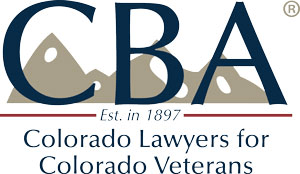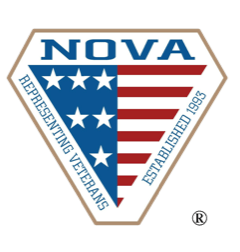Members of Congress Introduce Legislation to Support Survivors of Military Sexual Trauma
Posted by Gregory M. Rada | May 31, 2017 | Legal Update
Last month U.S. legislators introduced H.R. 1954 – the Servicemembers and Veterans Empowerment and Support Act of 2017. In large part, legislators drafted H.R. 1954 in response to reports of nude photos of female service members being posted online. The bill is aimed at ensuring that these veterans have sufficient access to counseling and benefits. Under the present laws, it is not clear that victims of cyber sexual harassment are eligible for these services.
Legislators also drafted the bill to make it easier for victims of Military Sexual Trauma (MST) to prove disability claims for Post Traumatic Stress Disorder (PTSD). H.R. 1954 would change the standard of proof and allow for the victim’s own testimony to corroborate these claims. Advocacy groups have been working to lessen the burden of proof for years, arguing the current standard unfairly disadvantages MST victims who do not have sufficient corroborating evidence.
The VA currently defines MST as “psychological trauma resulting from a physical assault of a sexual nature, battery of a sexual nature, or sexual harassment which occurred when the veteran was serving on active duty, active duty for training, or inactive duty training.” The VA estimates more than over half a million veterans have experienced MST.
MST is a strong predictor for severe chronic medical conditions, including PTSD, depression, and anxiety. Veterans are eligible to receive disability benefits for physical and mental disabilities caused or aggravated by MST.
Despite the strong correlation between MST and PTSD, the VA grants fewer MST-related PTSD disability claims than it does for PTSD claims related to other stressors. This is (in part) due to the more difficult evidentiary standard required to prove MST-related PTSD.
Under current regulations, to establish a service connection for PTSD, a veteran must show a medical diagnosis of PTSD, a connection with the PTSD diagnosis and an in-service stressor, and “credible supporting evidence that the claimed in-service stressor occurred.” (38 C.F.R. § 3.304(f)).
For non-MST related claims, the VA allows for lay testimony alone to constitute the credible supporting evidence, where the stressor is consistent with circumstances, conditions, or hardships of service. This means that for PTSD claims related to combat, fear of hostile military or terrorist activity, or a veteran’s experience as a prisoner of war, the veteran’s own testimony can be enough for the claim to succeed. Corroborating evidence of the stressor may be useful to the disability claim, but is not necessary.
When the stressor leading to PTSD is sexual trauma, however, veterans must provide additional corroborating evidence. A large range of evidence—even circumstantial evidence—is acceptable, including: police records, rape crisis records, statements from others, requests for transfer, substance abuse, and other unexplained economic or social behavior changes. In many cases, however, assault victims do not report or discuss the assault when it happens. If the veteran did not discuss or report the assault or seek treatment, then many obvious forms of corroborating evidence simply do not exist.
The passage of H.R. 1954 would expand the available forms of evidence and would specifically allow for the veteran’s own testimony. This would bring the standard of proof for MST-related PTSD disability claims in line with that for PTSD claims based on other stressors. The bill has been referred to committee and has a long way to go before it comes law, but it is a step towards easing the burden on MST survivors suffering from PTSD.
If you have questions about your MST-related claim for PTSD disability benefits, I can help. You can read more about my work with veterans suffering from PTSD resulting from MST here.







